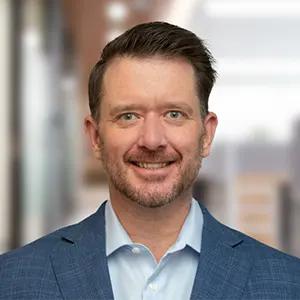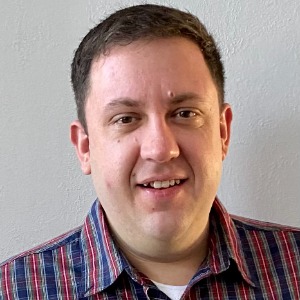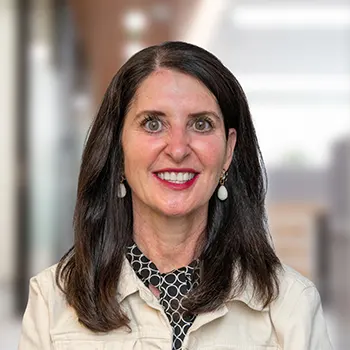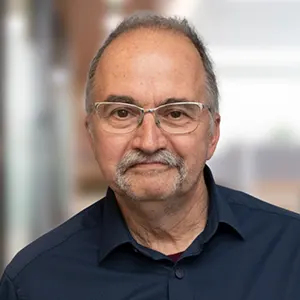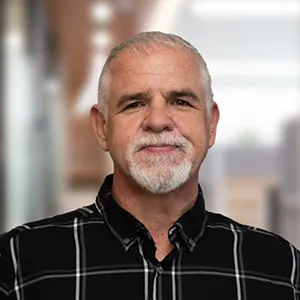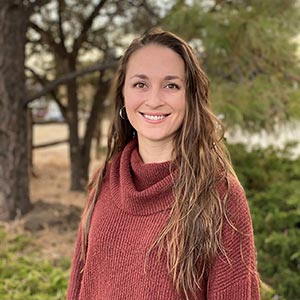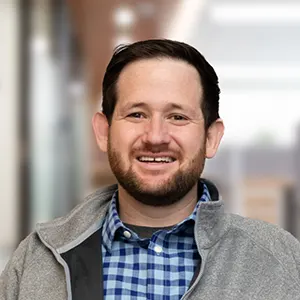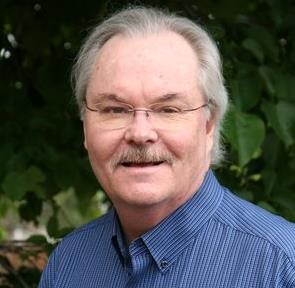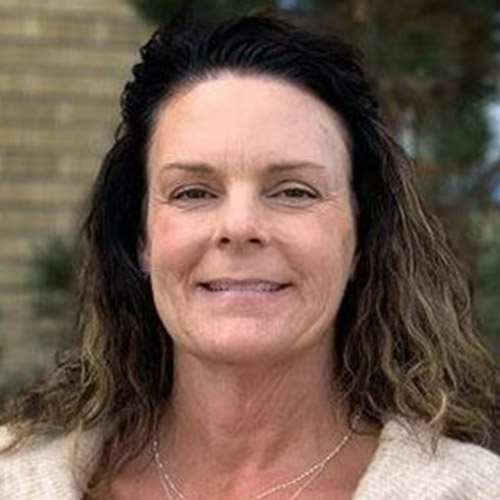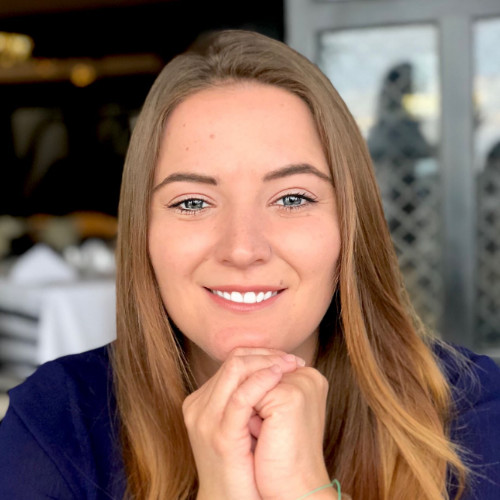STEP TWELVE
“Having had a spiritual awakening as the result of these steps, we tried to carry this message to others and to practice these principles in all our affairs.”
Who do you think benefits more from an act of kindness, the giver or the recipient? Most people presume that the recipient receives greater benefit. This makes sense because they have been helped with some problem or their lives have been made easier in some way. Thus, they are likely left with a feeling of gratitude. The recipient must receive more benefit, right? Interestingly, this is not the case.
Studies have shown that, in fact, the giver of kindness receives greater benefit from the act. People have reported increased feelings of confidence, a greater sense of control, boosted self-esteem, decreased stress, and higher levels of overall happiness after performing acts of kindness and service towards others. Further, other studies have shown that kindness facilitates connection with others and reduced anxiety. Aside from inherent moral reasons to be kind, turns out there are a lot of other benefits!
In step twelve, we are essentially asked to carry forward in our recovery with kindness and acts of service. It is this step that is crucial to maintaining our recovery. As the adage in twelve-step programs goes, “to keep it you have to give it away.” In other words, to continue nurturing our sobriety and spirituality, we must assist others in doing the same. This is the premise behind becoming a “sponsor” of someone earlier on in their recovery journey.
In the same twelve-step meeting, you will find people at all different stages in their recovery. Perhaps one person has been sober a few days, another has been sober a few months, another has been sober a few years, and another has been sober a few decades. Some may wonder why people with years or decades of sobriety under their belts continue coming to meetings? Well, it typically has to do with step twelve.
One of the ways in which we can support others who are struggling is to attend meetings. At these meetings, if we show up as engaged, present, and kind, we can have a tremendously positive effect on others’ and ourselves. We may build a community, gain a sense of personal purpose, lead and inspire others in their recovery, feel motivated in our own recovery journey, and become a role-model for someone else in recovery.
I feel it is important to mention that acts of kindness should also extend beyond twelve-step circles. These acts of kindness can be big or small. It does not matter. The important piece is that you are working to make the world a better place. Whenever you have the opportunity, seize it. You could hold the door open for a stranger, pick up a stray piece of litter, give a friend a ride, or begin volunteering with an organization you care about. Once you begin doing it, you will feel the positive effects and seek out other service opportunities. This will help you immensely on your recovery journey. I guarantee it.
By Jonathan Fricke, MA













